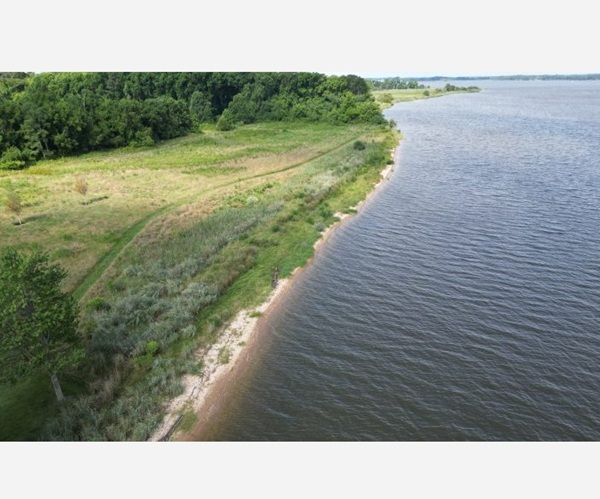ANNAPOLIS, MD—The Maryland Department of Natural Resources (DNR) is allocating $29 million from the Chesapeake and Atlantic Coastal Bays Trust Fund to 27 ecological restoration projects across 160 sites statewide for Fiscal Year 2026, the department announced this week.
These projects were selected to improve water quality, enhance resilience to climate change, boost habitat, and address environmental justice concerns. They will utilize various best management practices, including planting streamside tree buffers, reforestation, stream restoration, stormwater management, living shorelines, agricultural practices, and wetland creation.
Maryland Secretary of Natural Resources Josh Kurtz emphasized the importance of collaboration in restoration efforts. “Restoring the Chesapeake Bay watershed requires partnerships, and the Chesapeake and Atlantic Coastal Bays Trust Fund is one of our best tools to help local communities develop effective solutions to improve water quality, habitat, and access to nature,” Kurtz said.
The funded projects are expected to significantly reduce pollution in local waterways and the Chesapeake Bay, with estimated removals of 89,955 pounds of nitrogen, 9,449 pounds of phosphorus, and 11,198 tons of sediment. These pollutants contribute to harmful algal blooms that deplete dissolved oxygen essential for aquatic life.
Notable projects receiving funding include:
- The Oyster Recovery Partnership (ORP) will restore 20 acres of oyster reef in the Wye River Oyster Sanctuary in Queen Anne’s County. This project aims to establish a method for local jurisdictions to gain pollution reduction credits for nitrogen and phosphorus.
- Friends of Jug Bay Wetlands Sanctuary will undertake a stream restoration project to improve 7,100 linear feet of stream, preventing nutrient and sediment runoff into the Patuxent River and enhancing climate resilience.
- Washington College will collaborate with six Maryland counties — Caroline, Cecil, Dorchester, Kent, Queen Anne’s, and Talbot — to restore 230 acres of native grasslands, pollinator habitats, and buffers, alongside 10 acres of wetlands and 8.5 acres of tree plantings.
- Prince George’s County will establish a “green corridor” in Mount Rainier, using medians and a submerged gravel wetland to filter roadway runoff before it enters the Northwest Branch of the Anacostia River.
- The Resilience Authority of Charles County will create a “Stormwater Pocket Park” near a recreation center in Waldorf by removing impervious surfaces to mitigate the impacts of increased precipitation and temperatures.
The exact dollar amounts for each project will be finalized later this year once contract processes are complete. DNR’s Watershed and Climate Services staff will provide ongoing technical assistance to the recipients.
A complete list and locations of the funded projects are available on the DNR webpage for the FY26 Chesapeake and Atlantic Coastal Bays Trust Fund.
Photo via Maryland DNR


